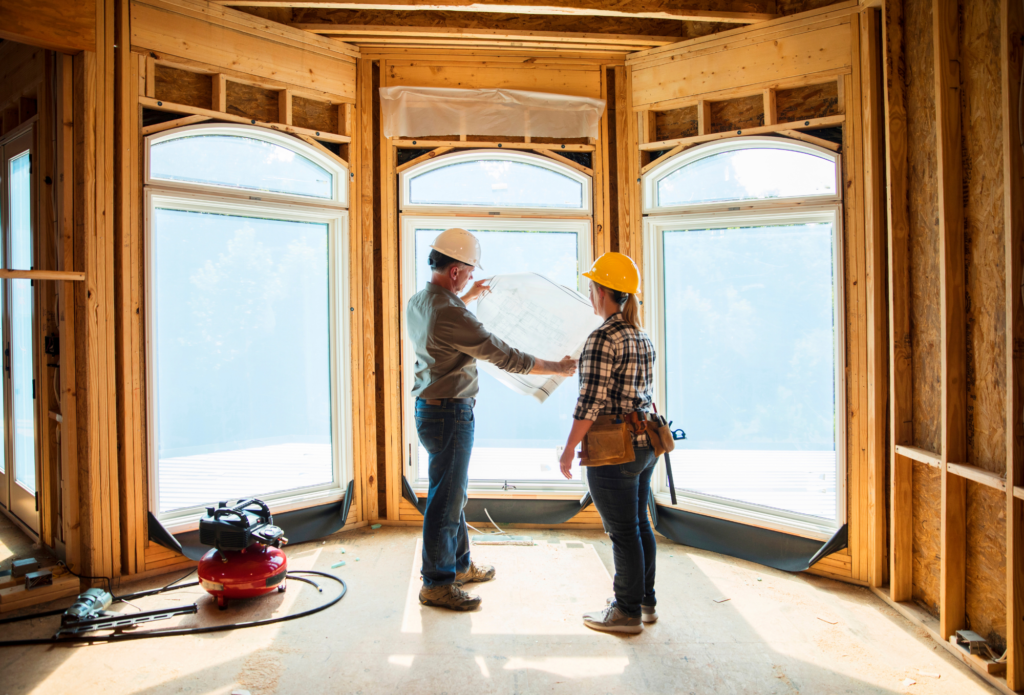
The United States is short a staggering 5.24 million homes. With demand for new homes higher than ever, this year might be the one to get into the business of house flipping. So where do you start and how do you finance a flip? If you’re looking to get more information on fix and flip loans, you’ve come to the right place.
From how they work to the application process, we’ll go over everything you need to know about financing a home flip. Let’s jump in and see if a fix and flip loan is right for you.
Financing a Flip 101
If you’re looking to get into the world of home flipping, you’re probably wondering about your financing options. While you could use a conventional mortgage or even a construction loan, these really aren’t designed with home flippers in mind.
A fix and flip loan may come with a higher interest rate, but it’s intended as a short-term loan to float you over until the house is flipped and sold. These loans will cover the purchase price of the property as well as the renovation expenses. You’ll be able to buy the home and finance the cost of fixing it.
Think of these types of loans as bridge loans. Your home is either sold or you refinance it into a long-term, more permanent type of loan. With a fix and flip loan, the intention is to pay back the loan as soon as the home is flipped and sold. This type of financing covers the upfront costs of renovating a home.
Fix and Flip vs Paying Cash
While you can always use your own cash to pay for renovations, fix and flip loans offer more flexibility. Let’s say you’re paying for the renovations, completely out of your own pocket. If an unforeseen expense comes up, you may be cutting into your cash reserves.
It can be stressful paying cash for a flip knowing that you’re running out of cash in your emergency fund. With a fix and flip loan, you don’t have to have the full amount of cash upfront to fix the home. Using a fix and flip loan allows you to leave cash in your pocket for additional or unexpected expenses.
With a loan, you’re able to leave your cash for emergencies. The contractors are getting paid through the loan, and you have a nice emergency fund you can keep to the side.
Another perk to saving your cash is that it may allow you to buy another property to flip while you wait for the other home to be completed or sold. Having your own cash on hand gives you more options to jump on another flip project if the opportunity arises.
The Difference Between Fix and Flip Loans and a Conventional Mortgage
There are several differences between a fix and flip loan and a conventional mortgage. With a conventional mortgage, you’ll see a longer loan term. This is typically 15 or 30 years, for example.
A conventional mortgage is also intended for your primary residence. You also aren’t given upfront funds to do any repairs. Unlike with a fix and flip loan, there aren’t additional funds paid out to you or a contractor. You take the loan out for the price of the home after your down payment.
The qualifications also differ between these two loans. For a conventional mortgage, lenders closely look at your credit history, income, debt, and ability to pay your mortgage. With a fix and flip loan, lenders are more interested in your ability to sell the home for a profit.
Lenders may look at other homes you’ve sold and your plan for renovating and selling the house. Your income and credit history are less important with this type of financing. Lenders only want to make sure you’re a low-risk home flipper. The one who has a good plan, and a home that will sell for more money once it’s been flipped.
How Fix and Flip Loans Work
When you apply for a fix and flip loan, we’ll match you with a lender who specializes in this type of financing. While we don’t fund the loan, we work to partner you with the best lender for your unique financial needs.
We’ll start by asking you a series of questions about your time in business. And, also how much you’re looking to finance. We’ll run your credit and verify the homes you’ve previously sold if you’ve flipped any before. And, we’ll also take a look at your income. Also, the home you’re interested in buying, as well as the market you’re in.
Once we match you with a lender with the best terms, you’ll kick off the fix and flip loan process with your new lender. You can then buy the home, make renovations, pay for permits, and cover all your contractor payments. Once the home is completed you pay off the loan and enjoy the profits from your flip.
Apply for Your Fix and Flip Loan Now
Whether this is your first flip or your twentieth, fix and flip loans are a great option. Fix and flip lenders offer unique loan terms that work better for home flippers than a construction loan or a conventional mortgage.
If you’re ready to take the leap and apply for your fix and flip loan, fill out the contact form here. We’ll help find you a fix and flip lender who can give you the financing you need to get your home fixed, flipped, and under contract.



